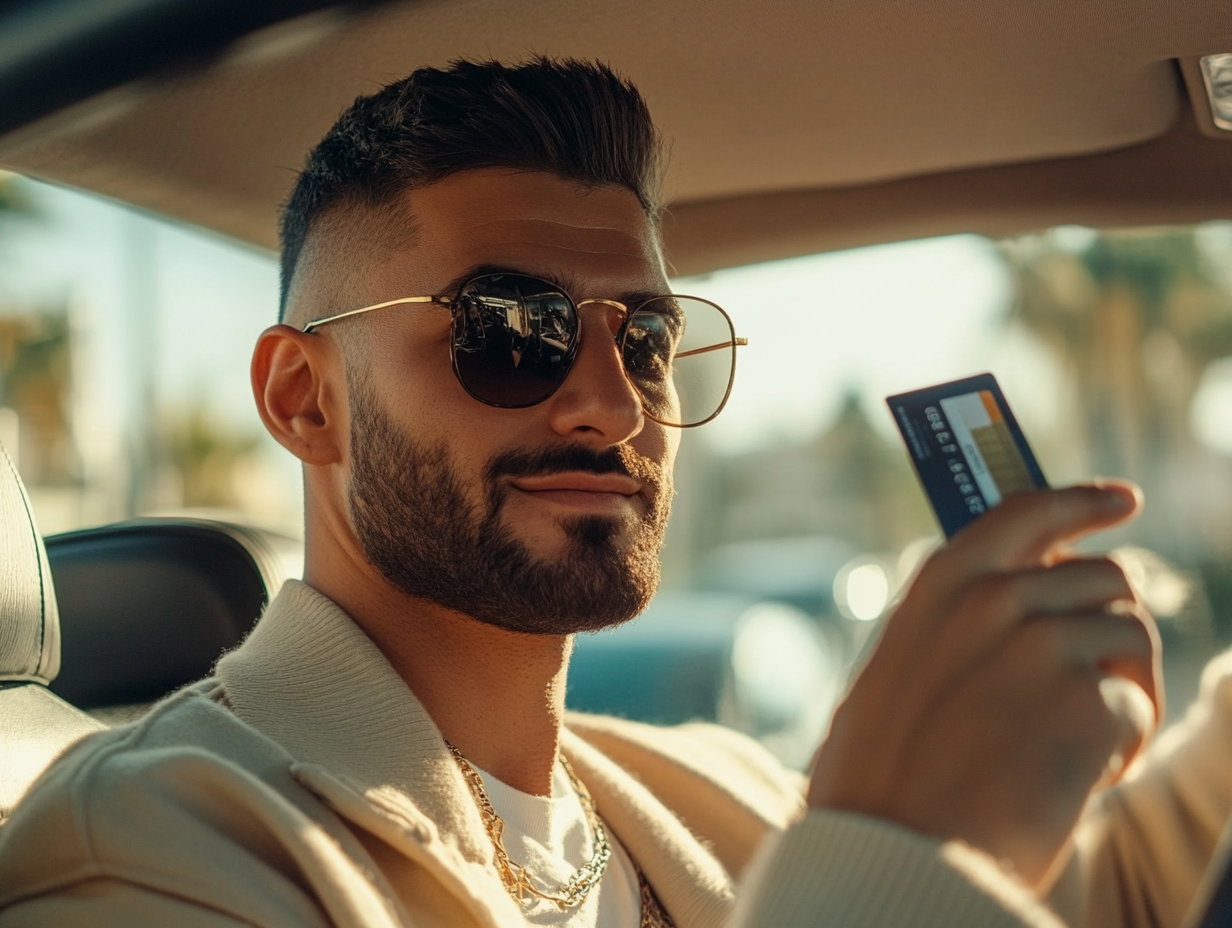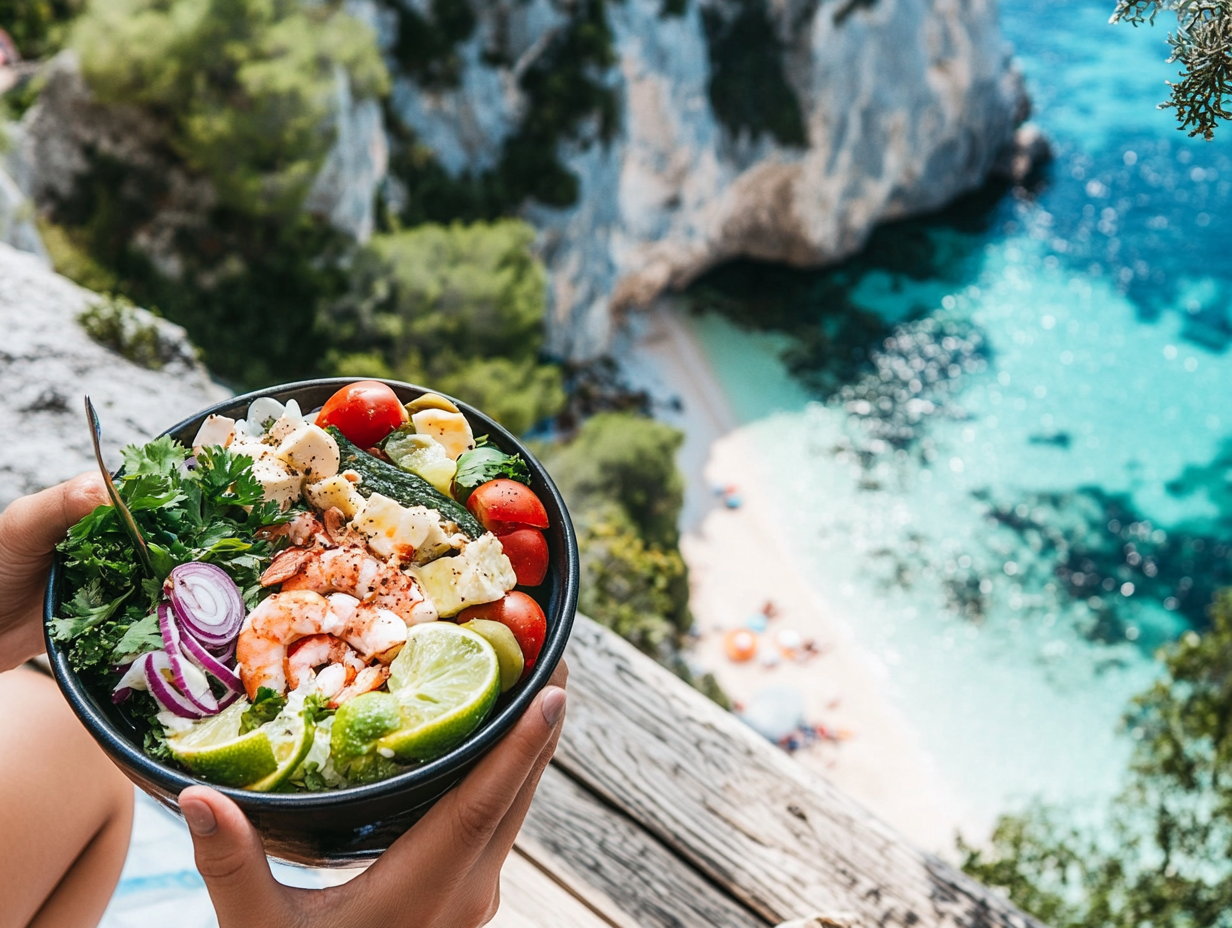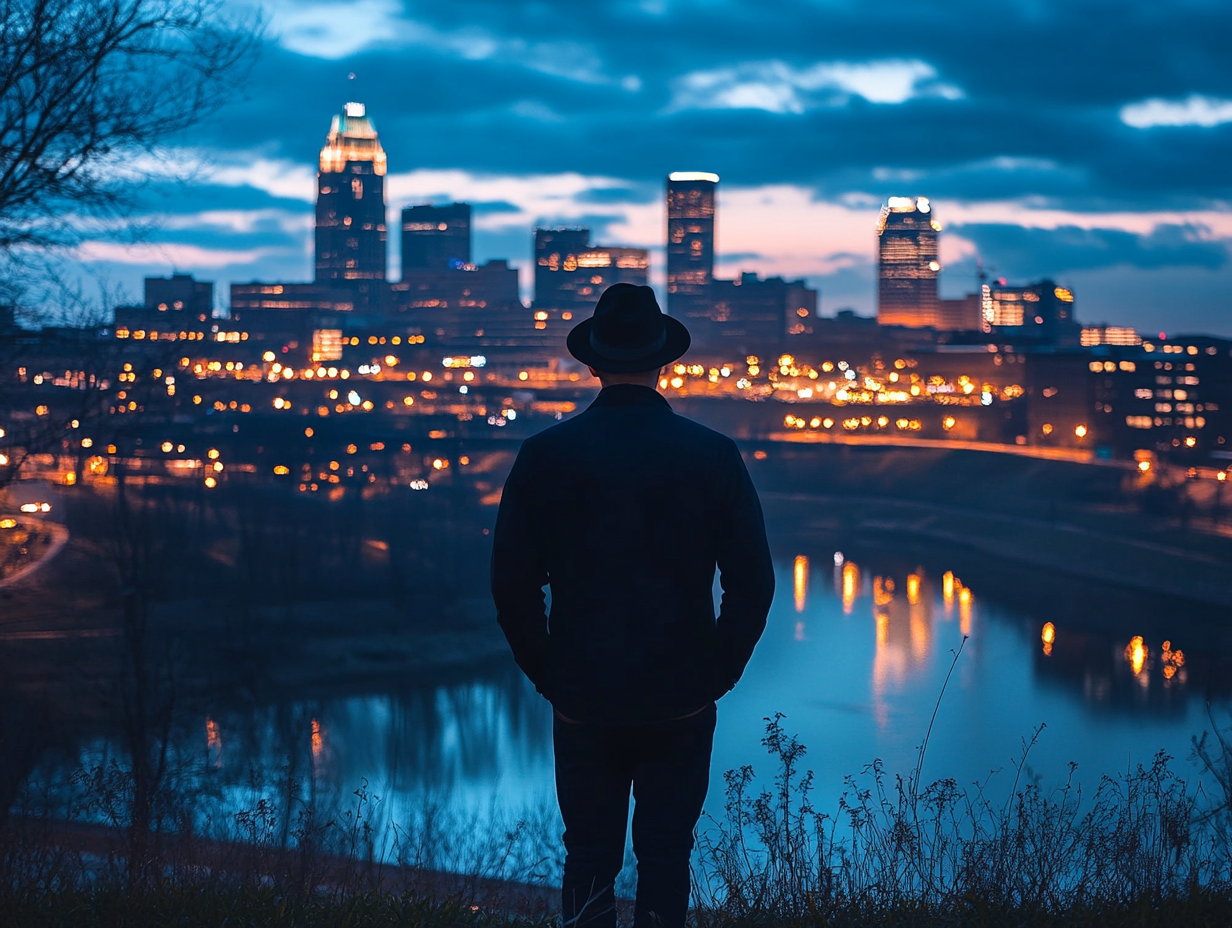Want to travel like a millionaire but on a budget? No worries. The Points Guys founder Brian Kelly has some tips for you. Kelly explained on GOBankingRates’ The Richer Way podcast that you can use your credit card to not only travel better, but also have a relaxing time while doing so, thanks to several perks that might be lesser known, but can come in handy in challenging situations.
While Kelly said, “it’s all about the points, baby,” he added that while points are great, “perks are really the thing that can save you time.”
Here are some lesser-known ways to save money through your credit card company, as Kelly discussed.
Canceled Flight
If your flight is cancelled, don’t panic. Kelly said you should first ask for a full refund, and then look at other airlines and book another flight altogether.
Your credit card will help with delays, rebooking. It’s a free, built-in perk.
“What I would do then is look at using frequent flyer miles and just rebooking yourself. Know that you will get that refund. If your flight plans are changed, do not take a voucher. Do not. Repeat after me, take a voucher,” he said.
Delayed Luggage
What’s worse when you travel than your luggage not making it to your destination?
In this situation too, don’t worry, your credit card can help.
“Your bag doesn’t arrive. You’re in London for a wedding and you got to shop for thousands of dollars’ worth. A lot of credit cards offer lost baggage protection. So you save your receipts and the credit card reimburses you,” he said.
Get Reimbursed for Lost Items
Dropped your sunglasses in the ocean while on cruise? Some credit cards can help here too.
“Also, what people will be shocked by is, when you buy stuff, even when you’re not traveling, Amex has purchase protection and so does Chase. My friend lost a $300 pair of Ray Bans. And I said, ‘Call up Chase right now.’ It fell off of a boat when he was on a cruise. Chase took it out of his bill.”
Travel Insurance
Some credit cards, such as Amex Platinum, also offer evacuation coverage, said Kelly.
For instance, “if you have a heart attack on a safari and you need to get on a private jet, that’s $300,000,” he said.
“They’ll even cover that,” added Kelly.
As he said, while it can be tedious to read the fine print of credit card various coverages, it is well worth the time- and money- to ensure your travels are as smooth as possible, and protect you from the unexpected.



